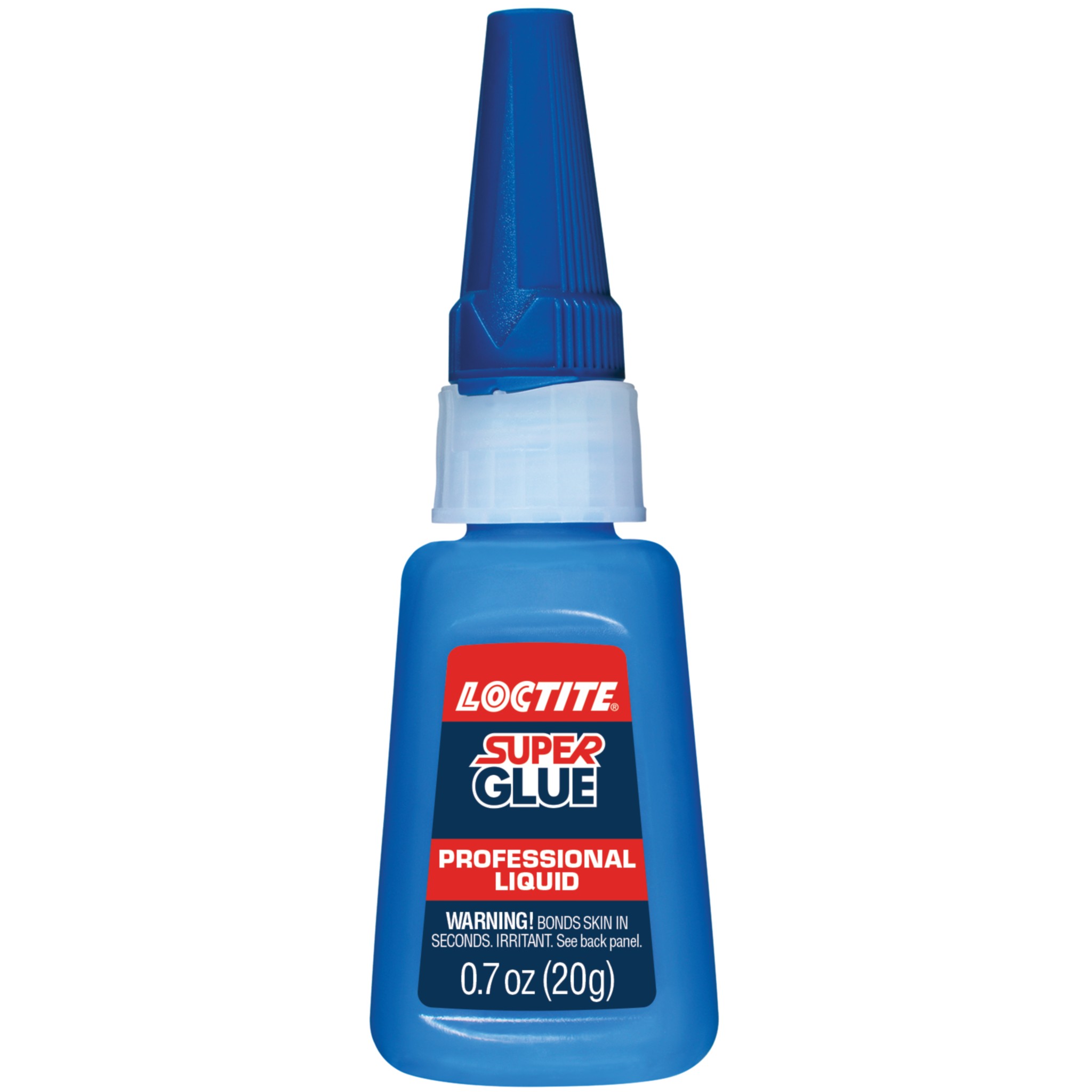

Articles
How To Store Super Glue
Modified: December 7, 2023
Learn effective techniques for storing and preserving superglue with these informative articles. Safely keep your adhesive products fresh and ready for your next project.
(Many of the links in this article redirect to a specific reviewed product. Your purchase of these products through affiliate links helps to generate commission for Storables.com, at no extra cost. Learn more)
Introduction
Superglue, also known as cyanoacrylate adhesive, is a versatile and powerful bonding agent that is commonly used in various DIY projects, crafts, and repairs. Whether you need to fix a broken vase or adhere two pieces of wood together, superglue proves to be an invaluable tool.
However, like any other adhesive product, proper storage is crucial to maintain its strength and effectiveness. Improper storage can lead to the deterioration of the glue’s quality, making it less sticky and less reliable when you need it the most.
In this article, we will explore the key factors that affect superglue storage, provide recommended storage conditions, and offer useful tips on how to extend the shelf life of your superglue. So if you want to ensure that your superglue remains in optimal condition for future use, keep reading!
Key Takeaways:
- Properly storing superglue in a cool, dry place with a stable temperature between 50°F and 77°F, protecting it from light exposure, and ensuring airtight sealing can extend its shelf life and maintain its reliability for future use.
- Avoiding common mistakes such as leaving the bottle open, storing near heat sources, and ignoring expiration dates, while following recommended storage conditions and preparation steps, can help maximize the effectiveness and longevity of superglue for all bonding needs.
Read more: What Takes Super Glue Off Glass
Understanding Superglue
Before we dive into the details of how to store superglue properly, it’s essential to understand the nature of this powerful adhesive. Superglue is a type of fast-acting adhesive that bonds quickly and strongly to various materials, including metal, plastic, wood, ceramics, and even skin. It works by creating a chemical reaction when it comes into contact with moisture, forming a strong bond between surfaces.
Superglue is known for its high strength and fast drying time, which makes it ideal for instant repairs and bonding projects. It is also resistant to extreme temperatures and offers excellent resistance to moisture, making it suitable for both indoor and outdoor applications.
However, it’s important to note that superglue does have its limitations. While it’s extremely strong and durable, it may not work well on surfaces that are smooth, oily, or have poor contact. It’s also not recommended for use on fabrics or materials that may be damaged by the adhesive’s strong bond.
Knowing the capabilities and limitations of superglue will help you understand why proper storage is crucial to maintaining its effectiveness. By following the recommended storage practices, you can ensure that your superglue remains reliable and ready to use whenever you need it.
Factors That Affect Superglue Storage
Several factors can have a significant impact on the quality and shelf life of superglue. Understanding these factors is essential to ensure that your superglue remains in optimal condition for as long as possible. Here are the key factors that can affect superglue storage:
- Temperature: Superglue is sensitive to temperature fluctuations. Extreme heat or cold can cause the adhesive to degrade and lose its effectiveness. It is recommended to store superglue in a cool, dry place with a stable temperature, ideally between 50°F (10°C) and 77°F (25°C).
- Humidity: Moisture in the air can also affect the quality of superglue. High humidity can cause the adhesive to cure faster or even solidify in the bottle, rendering it unusable. It’s important to store superglue in a sealed container or bottle to prevent exposure to humidity.
- Light: Exposure to ultraviolet (UV) light can deteriorate the quality of superglue. Direct sunlight or prolonged exposure to artificial light sources can cause the adhesive to yellow, weaken, or lose its bonding strength. Storing superglue in a dark or opaque container can help protect it from light damage.
- Air Exposure: Superglue reacts with moisture in the air, which is why it bonds surfaces quickly. However, prolonged exposure to air can cause the adhesive to thicken or cure inside the bottle, making it difficult to use. Ensure that the container or bottle is tightly sealed after each use to prevent air exposure.
- Bottle Contamination: Contamination within the superglue bottle can affect its quality and performance. When using superglue, always ensure that the nozzle is clean and free from any cured adhesive. Additionally, avoid touching the inside of the bottle or the tip of the nozzle with your hands or any contaminated objects.
By understanding these factors, you can take the necessary precautions to protect your superglue from degradation and ensure that it remains in optimal condition for your future bonding needs.
Recommended Storage Conditions
To maximize the shelf life and maintain the quality of superglue, it is important to store it under the right conditions. Here are the recommended storage conditions for superglue:
- Temperature: As mentioned earlier, it is best to store superglue in a cool, dry place with a stable temperature. Aim for a storage temperature between 50°F (10°C) and 77°F (25°C). Avoid storing it in areas that are prone to extreme heat or cold, such as near radiators or windows.
- Humidity: Ensure that the storage area is dry and free from moisture. Excessive humidity can cause superglue to cure or solidify prematurely, rendering it unusable. Consider using a dehumidifier in areas with high humidity levels.
- Light: Protect superglue from direct exposure to light, especially UV light sources like sunlight or fluorescent bulbs. Store it in a dark or opaque container to shield it from light damage. Keep in mind that prolonged exposure to light can affect the performance and longevity of superglue.
- Air Tightness: It is crucial to keep superglue containers tightly sealed when not in use. This will prevent air exposure, which can cause the adhesive to thicken or cure inside the bottle. Ensure that the cap or nozzle is properly closed to maintain the integrity of the adhesive.
- Vertical Position: When storing superglue bottles or containers, it is recommended to store them in an upright position. This helps prevent leakage or accidental spills, ensuring that the adhesive remains safe and contained.
By following these recommended storage conditions, you can extend the shelf life of your superglue and ensure that it remains in an optimized state for future use, providing you with the strongest and most reliable bond when you need it.
How to Prepare Superglue for Storage
Properly preparing your superglue for storage is just as important as maintaining the right storage conditions. Here are some steps to follow when preparing superglue for storage:
- Clean the Nozzle: Before storing superglue, make sure to clean the nozzle or tip of the bottle. Any dried or cured adhesive on the nozzle can clog it and make it difficult to dispense the glue properly in the future. Use a clean cloth or tissue to wipe off any excess adhesive.
- Check the Cap: Ensure that the cap or lid of the superglue bottle is tightly closed. This will prevent air from entering the bottle and causing the glue to thicken or cure prematurely. Double-check to make sure it is properly sealed before storing.
- Remove Air Bubbles: If there are any air bubbles in the superglue bottle, gently tap or shake the bottle to allow them to rise to the top. This will help remove excess air from the container and minimize the risk of cured adhesive forming at the tip.
- Store in a Plastic Bag: For added protection, consider placing the superglue bottle in a resealable plastic bag. This will provide an extra layer of defense against air and moisture, helping to maintain the adhesive’s quality for a longer period.
- Label and Date: It’s always a good practice to label your superglue bottles with the date of purchase or date of opening. This will help you keep track of its shelf life and determine if it is still suitable for use in the future.
By following these simple steps, you can ensure that your superglue is properly prepared for storage. Taking the time to prepare it correctly now will save you from potential issues and allow you to enjoy the full adhesive strength when you need it later.
Store superglue in a cool, dry place away from direct sunlight and heat sources. Keep the cap tightly closed to prevent drying out. Consider storing it in a sealed plastic bag to prevent accidental spills.
Read more: How To Store Gorilla Glue
Different Storage Options for Superglue
When it comes to choosing the right storage option for your superglue, there are several choices available. Here are some different storage options to consider:
- Original Packaging: The simplest and most convenient storage option is to keep the superglue in its original packaging. Most superglue bottles come with a secure cap or nozzle that prevents air and moisture from entering. Ensure that the cap is tightly sealed and store the bottle in an upright position.
- Small Airtight Containers: If you have multiple small bottles of superglue or want to keep them organized, you can transfer the adhesive into small airtight containers. These containers should be made from a material that does not react with the glue, such as glass or plastic. Make sure the containers are properly sealed to prevent air exposure.
- Desiccant Packets: To further protect your superglue from moisture, you can place desiccant packets inside the storage container. Desiccant packets help absorb excess moisture, reducing the risk of the adhesive deteriorating. Make sure to choose desiccant packets that are suitable for use with adhesives and follow the manufacturer’s instructions.
- Refrigerator Storage: If you live in a humid environment or want to extend the shelf life of superglue, you can consider storing it in the refrigerator. Place the bottles in a sealed container or a plastic bag to protect them from moisture. Keep in mind that when you take the superglue out of the refrigerator, allow it to reach room temperature before using it to prevent condensation.
- Dark and Dry Cabinet: If you don’t have access to a refrigerator or prefer not to use it for storage, a dark and dry cabinet can be an excellent option. Make sure the cabinet is away from direct sunlight and has stable temperature and humidity levels. Store the superglue bottles upright and ensure that the containers are tightly sealed.
Choose the storage option that suits your needs and provides the best protection for your superglue. Remember to consider factors such as temperature, humidity, and light exposure when making your decision. By selecting the right storage option, you can preserve the quality and longevity of your superglue for extended periods.
Common Mistakes to Avoid When Storing Superglue
To ensure the longevity and effectiveness of your superglue, it’s important to be aware of common mistakes that can compromise its quality when stored. By avoiding these mistakes, you can maintain the adhesive’s strength and reliability. Here are some common mistakes to avoid when storing superglue:
- Leaving the Bottle Open: One of the most common mistakes is leaving the superglue bottle open or not securely closing the cap after use. This exposes the adhesive to air, causing it to dry out, thicken, or become unusable. Always make sure to tightly seal the container to prevent air exposure.
- Storing Near Heat Sources: Placing superglue near heat sources, such as radiators or stoves, can significantly impact its quality. Excessive heat can cause the adhesive to degrade, lose its bonding strength, or even solidify inside the bottle. Store superglue in a cool and dry location, away from direct heat sources.
- Exposing to Light: Superglue is sensitive to light, especially UV light. Prolonged exposure to direct sunlight or artificial light sources can cause the adhesive to yellow, weaken, or lose its bonding properties. Store superglue in a dark or opaque container, or keep it in a drawer or cabinet to protect it from light damage.
- Ignoring Moisture: Moisture is a common enemy of superglue. Humidity and moisture in the air can impact the adhesive’s quality and curing time. Avoid storing superglue in areas with high humidity levels, such as bathrooms or basements. Moisture can cause the glue to solidify or cure prematurely, rendering it useless.
- Not Checking Expiration Dates: Super glue has a limited shelf life, which is indicated by the expiration date on the packaging. Using expired glue can result in weaker bonds or adhesive failure. Always check the expiration date before using or storing superglue, and discard any expired products.
- Poor Bottle Maintenance: Neglecting to clean the nozzle or cap of the superglue bottle can lead to clogging or premature curing. Any residue or cured adhesive on the nozzle can hinder the proper flow of the glue. Regularly clean the nozzle and wipe off any excess adhesive to maintain the bottle’s performance.
By avoiding these common mistakes, you can ensure that your superglue remains in optimal condition for a longer period, providing you with reliable adhesive strength when you need it.
Tips for Extending the Shelf Life of Superglue
If you want to maximize the shelf life of your superglue and ensure its effectiveness over an extended period, here are some useful tips to follow:
- Store in a Cool and Dry Place: As mentioned earlier, storing superglue in a cool and dry location is crucial. Avoid areas prone to temperature fluctuations, such as near windows or heating sources. Excessive heat can degrade the adhesive, while excessive moisture can cause it to cure or solidify prematurely.
- Keep Away from Light: Light exposure, particularly UV light, can negatively affect the quality of superglue. Store the adhesive in a dark or opaque container to protect it from light damage. Keep it away from direct sunlight or fluorescent light sources that emit UV rays.
- Seal the Container Properly: Ensuring that the superglue bottle or container is tightly sealed after use is essential. This prevents air from entering and prolongs the adhesive’s shelf life. Check the cap or nozzle to make sure it is securely closed, and store the container in an upright position to prevent leakage.
- Use Small Bottles: If you frequently use superglue, consider purchasing smaller bottles that contain just enough adhesive for your needs. This way, you can prevent the unused portion from being exposed to air and moisture for prolonged periods. Smaller bottles also minimize waste and the chances of the glue drying out.
- Avoid Contamination: Contaminants such as dust, dirt, or cured adhesive can affect the quality of superglue. Keep the nozzle and inside of the bottle clean to prevent any contamination. Avoid touching the inside of the bottle or the tip of the nozzle with your hands, as skin oils can also impact the adhesive’s performance.
- Use Within the Recommended Shelf Life: Superglue has a specific shelf life indicated on the packaging. It is advisable to use the adhesive within this timeframe to ensure optimal strength and bonding capability. Discard any expired superglue and purchase fresh bottles for your projects.
- Refrigeration for Long-Term Storage: For long-term storage, especially in humid climates, consider refrigerating your superglue. Keep it in a sealed container or plastic bag to protect it from moisture. Allow the adhesive to reach room temperature before use to prevent condensation on its surface.
- Test a Small Amount: If you haven’t used your superglue for a while or are unsure of its quality, test a small amount on a scrap or inconspicuous area before using it for critical applications. This helps ensure that the adhesive still performs as expected and provides the desired bond strength.
By implementing these tips, you can prolong the shelf life of your superglue and maintain its effectiveness, saving you time and money in the long run. Proper storage and careful handling will ensure that your superglue remains a reliable adhesive for all your bonding needs.
Conclusion
Proper storage of superglue is essential to maintain its adhesive strength and effectiveness over time. By understanding the factors that affect superglue storage and following the recommended storage conditions, you can ensure that your superglue remains in optimal condition for future use.
Remember to store superglue in a cool, dry place with a stable temperature, ideally between 50°F (10°C) and 77°F (25°C). Protect it from light exposure and keep it away from extreme heat or cold. Ensure that the container is tightly sealed to prevent air exposure, and consider using additional measures like desiccant packets or refrigeration for added protection against moisture.
Avoid common mistakes such as leaving the bottle open, storing near heat sources, ignoring moisture, and not checking expiration dates. Properly prepare superglue for storage by cleaning the nozzle, checking the cap, and removing air bubbles. Choose appropriate storage options such as the original packaging, airtight containers, or refrigeration, depending on your needs.
By following these guidelines and tips, you can extend the shelf life of your superglue and maintain its reliability for future bonding projects, repairs, and DIY endeavors. Remember to always read and follow the manufacturer’s instructions for the specific superglue product you are using.
Properly stored superglue ensures that you have a strong and reliable adhesive at your disposal whenever you need it, saving you time, money, and frustration. So, take care of your superglue, and it will take care of your bonding needs for years to come.
Frequently Asked Questions about How To Store Super Glue
Was this page helpful?
At Storables.com, we guarantee accurate and reliable information. Our content, validated by Expert Board Contributors, is crafted following stringent Editorial Policies. We're committed to providing you with well-researched, expert-backed insights for all your informational needs.
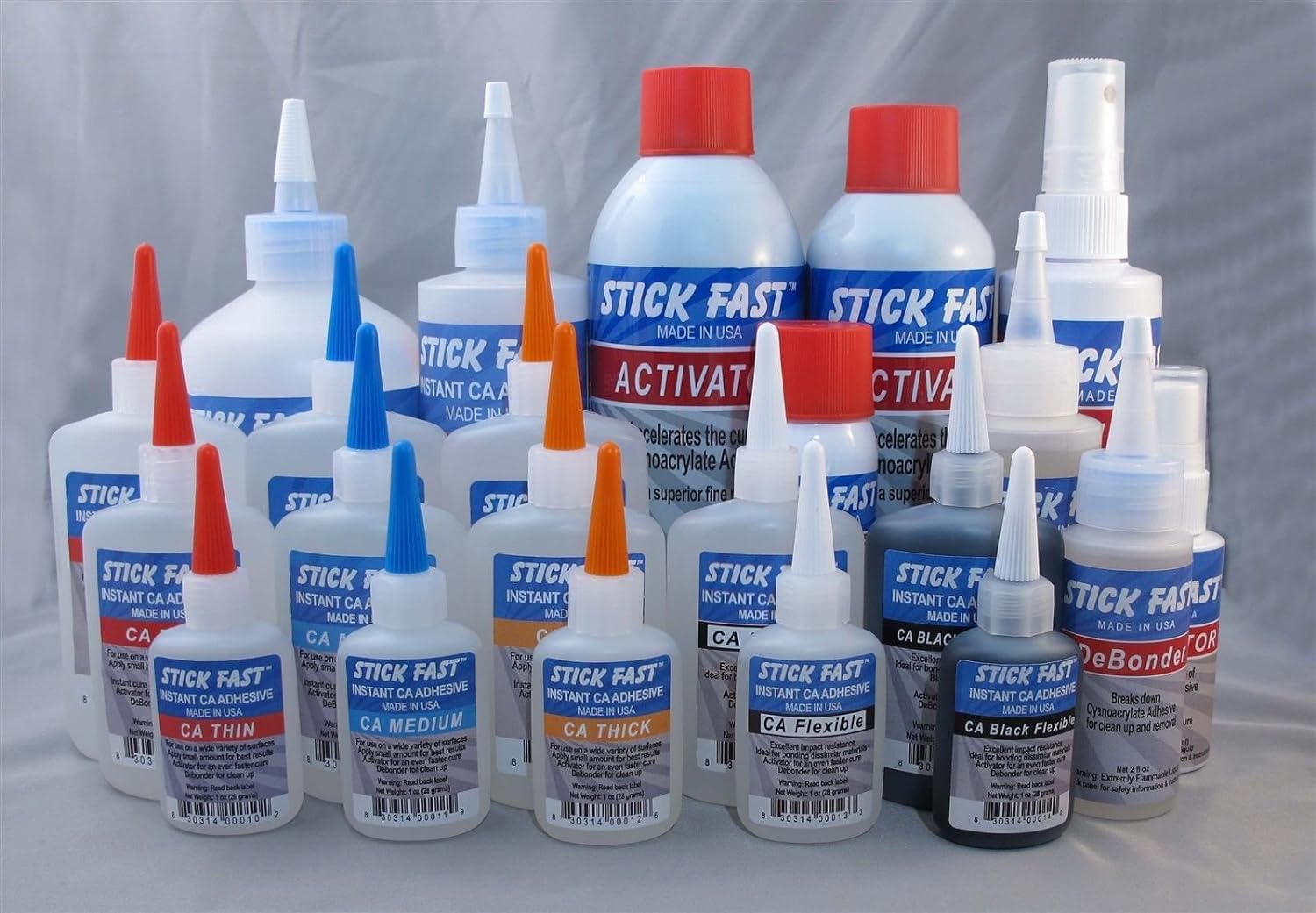

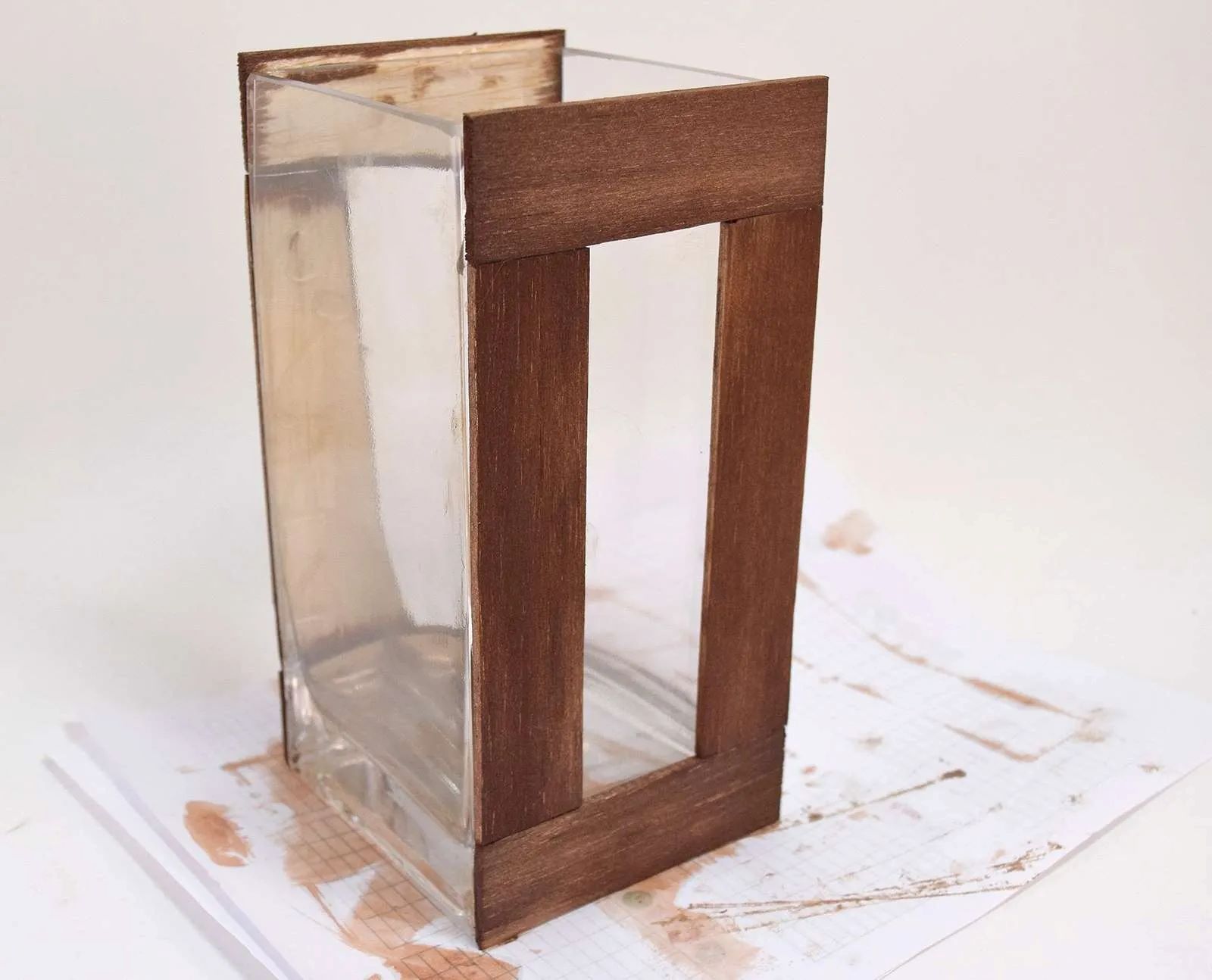
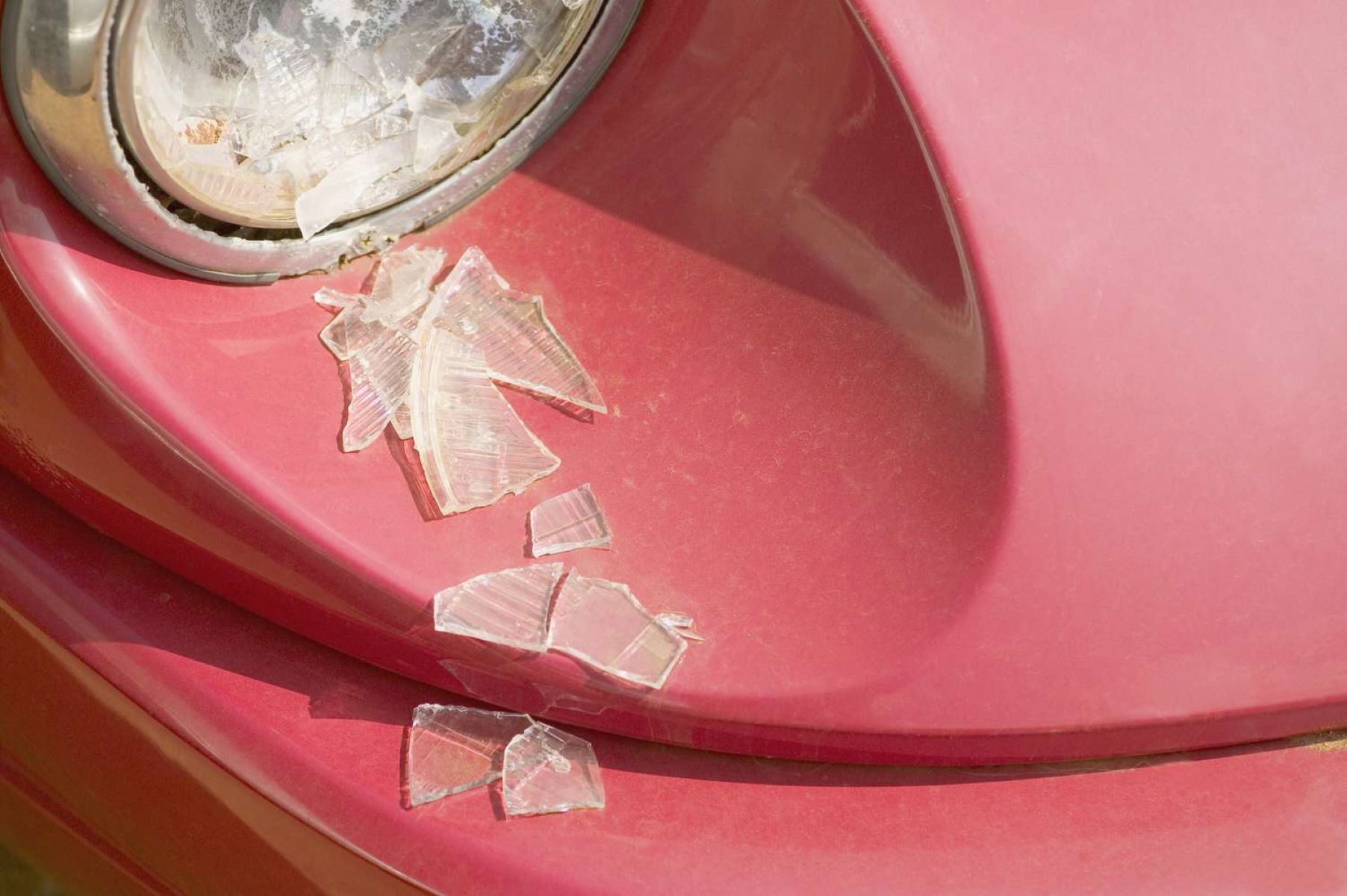
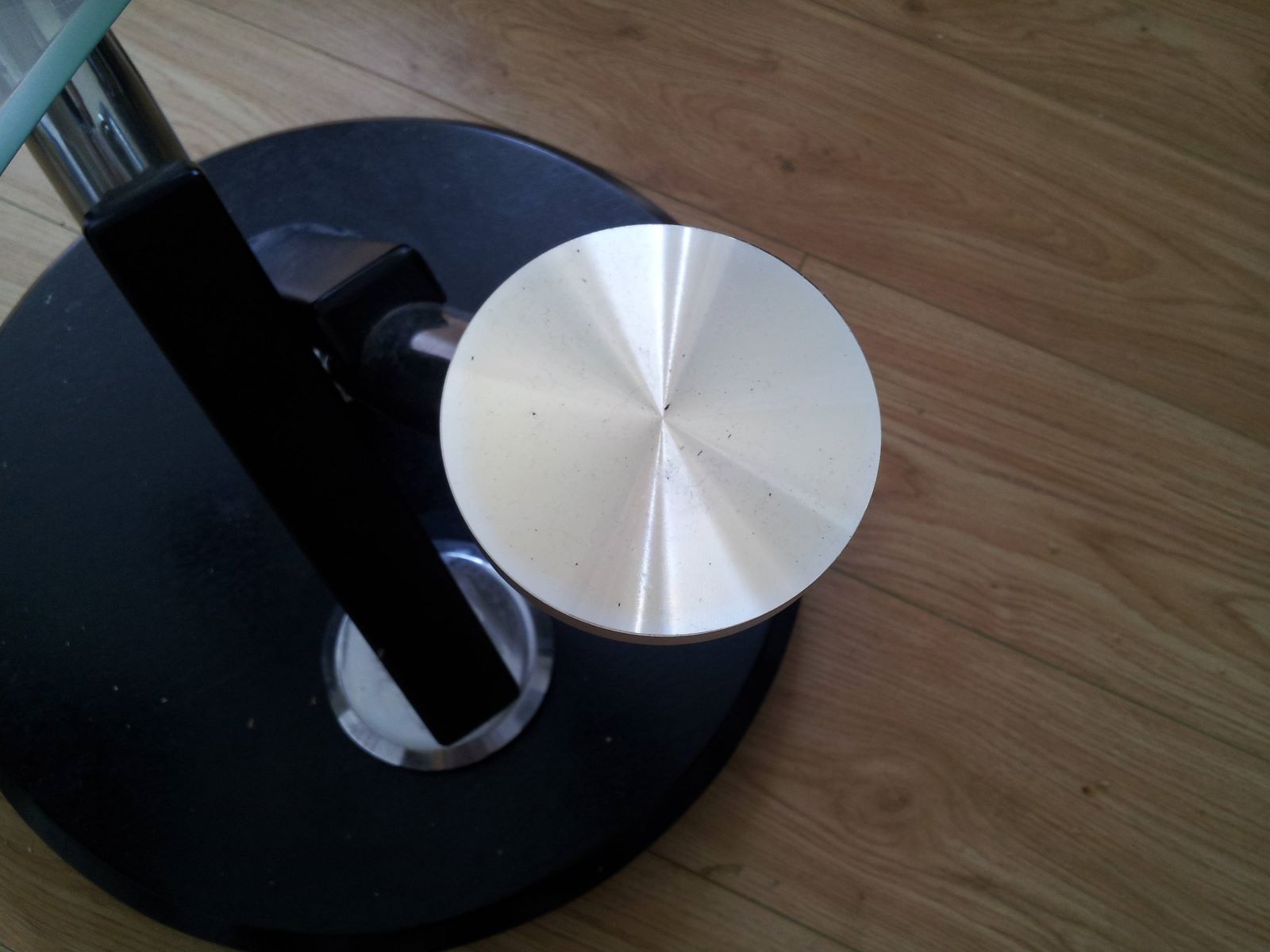
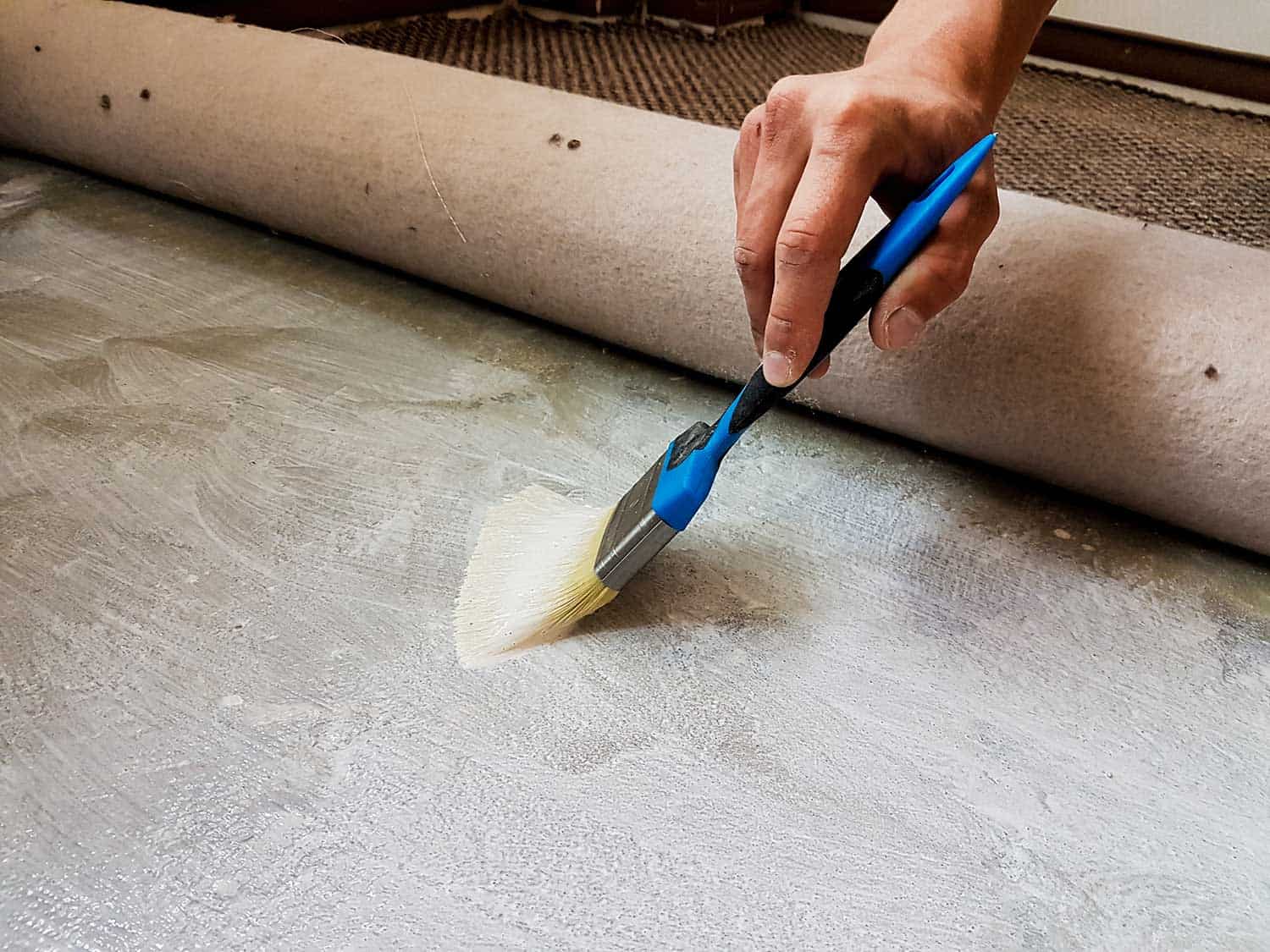
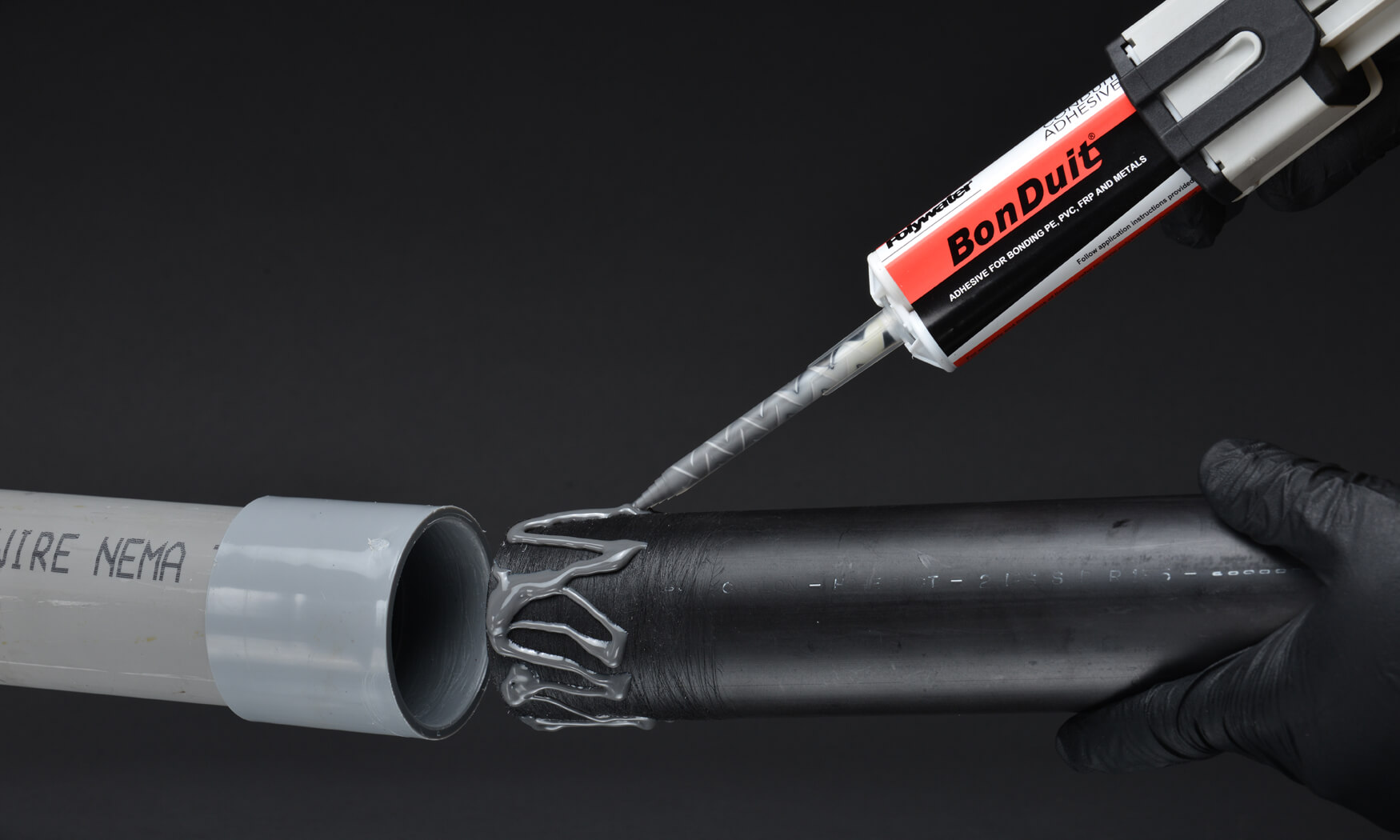

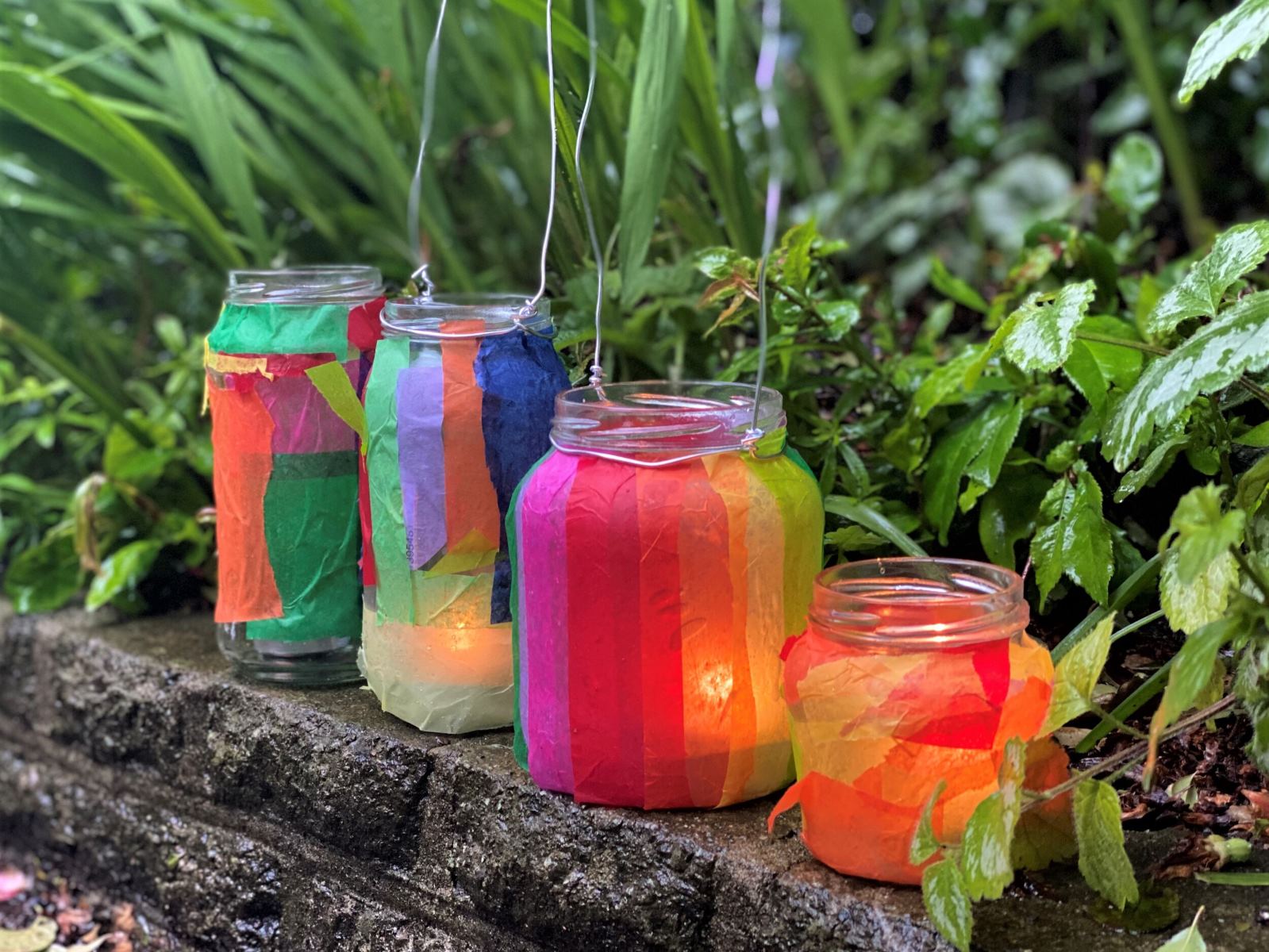
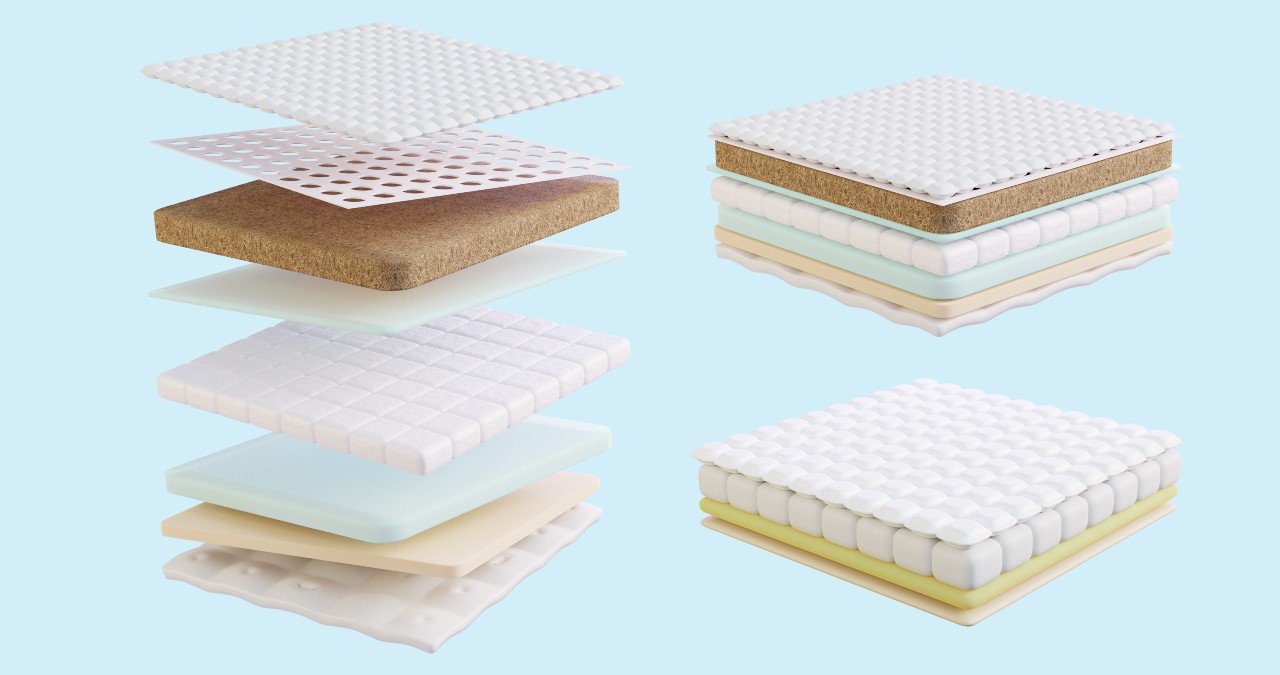

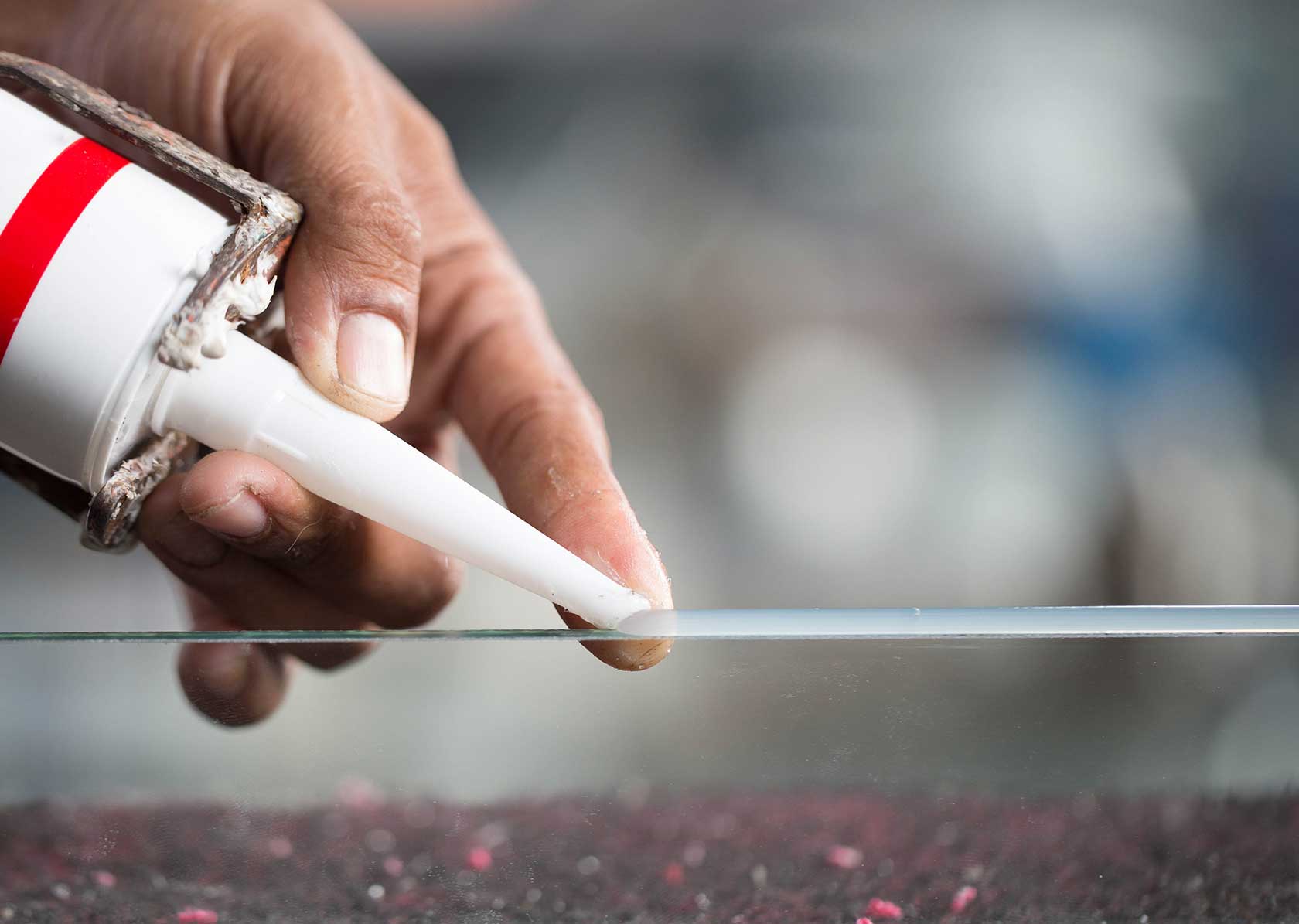

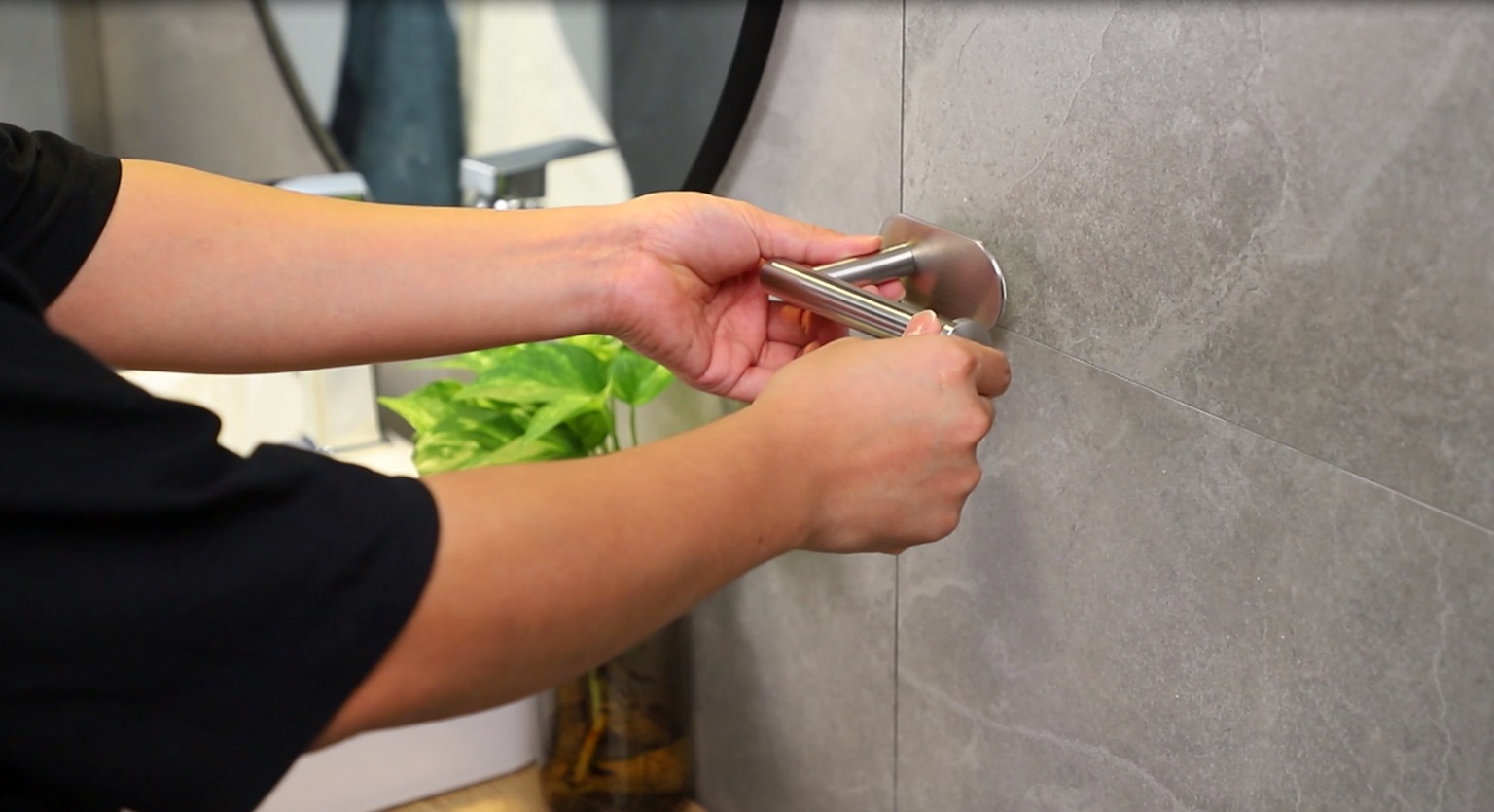

0 thoughts on “How To Store Super Glue”